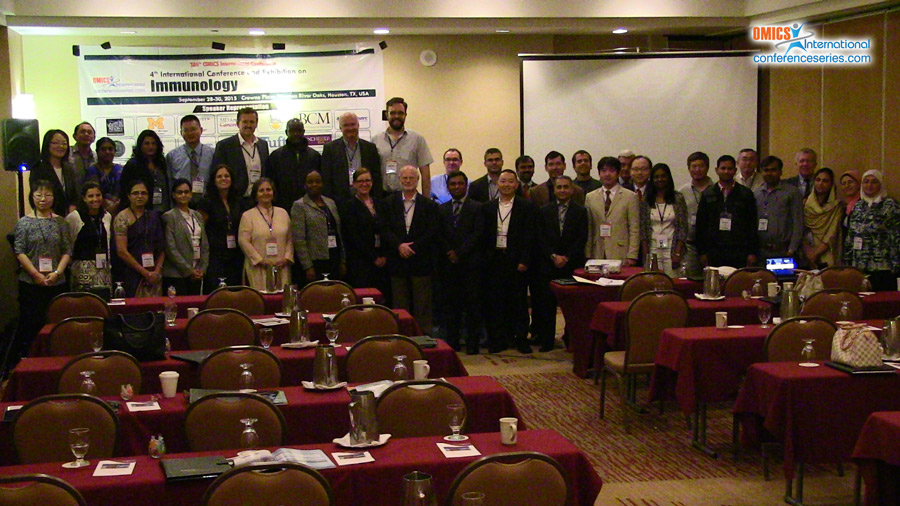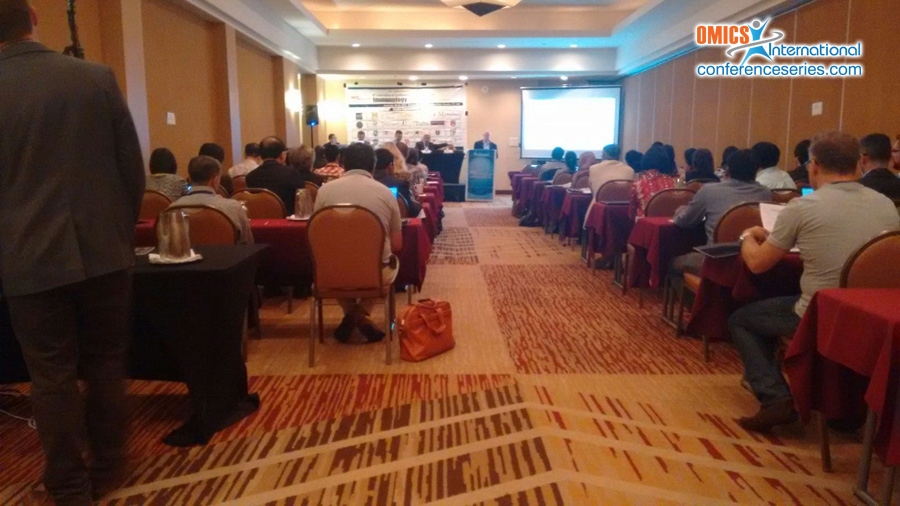
Seema Bhargava
Sir Ganga Ram Hospital, India
Title: Should therapeutic agents for sepsis target the glycocalyx?
Biography
Biography: Seema Bhargava
Abstract
Introduction: The pathophysiology and morbidity/ mortality of sepsis are governed by the deterioration of the endovascular epithelium. There is a protective layer of the vascular endothelium - the glycocalyx - which lines blood vessels on the luminal side and protects it from direct insult. Amongst the components of this glycocalyx layer are Syndecan and Hyaluronan. When the glycocalyx is disrupted by cytokines released in response to pathogens, these components are released into circulation. It would therefore follow that their concentration in the serum would reflect the extent of insult and morbidity. Methods: Community acquired sepsis patients (147) were enrolled in the study from those who were admitted to the ICU of our tertiary care hospital. They were divided into three categories – sepsis, severe sepsis and septic shock. Another mode of grouping divided them into survivors and non-survivors. Syndecan and hyaluronan were measured in the serum of these patients on days 1, 3, 5 and 7 of admission. Statistical analysis was performed to evaluate their prognostic efficacy (Kruskaal Wallis and Mann Whitney U tests) and their correlation (Spearman’s correlation) to the SOFA and APACHE scores. Results: Both syndecan and hyaluronan were significantly different in all three categories (p=0.006 and 0.022 respectively) only on day 1. Syndecan differentiated between survivors and non-survivors on all days (p=0.010, 0.002, 0.027, 0.006 respectively, on days 1, 3, 5, 7); hyaluronan differentiated these two categories on days 3, 5, and 7 (p=0.019, 0.025, 0.003, respectively). Syndecan strongly correlated with the SOFA scores on days 1, 3 and 5 (p=0.000, 0.003, 0.000 respectively). Hyaluronan correlated significantly with SOFA on all days (p=0.006, 0.001, 0.003, 0.004 respectively, on days 1, 3, 5, and 7). Hyaluronan also exhibited significant correlation with the APACHE score (p=0.005). Conclusions: Both glycocalyx components correlate with the severity of illness on day 1 of admission. Syndecan is of better prognostic value than hyaluronan in predicting survival from day 1. Both correlate with the organ failure (SOFA) score. It was observed that concentration of both markers in serum started to fall after day 3. It is therefore suggested that, therapeutic agents, to protect and rejuvenate the glycocalyx, need to be identified and implemented within the first 3 days.
Speaker Presentations
Speaker PDFs
Speaker PPTs Click Here




